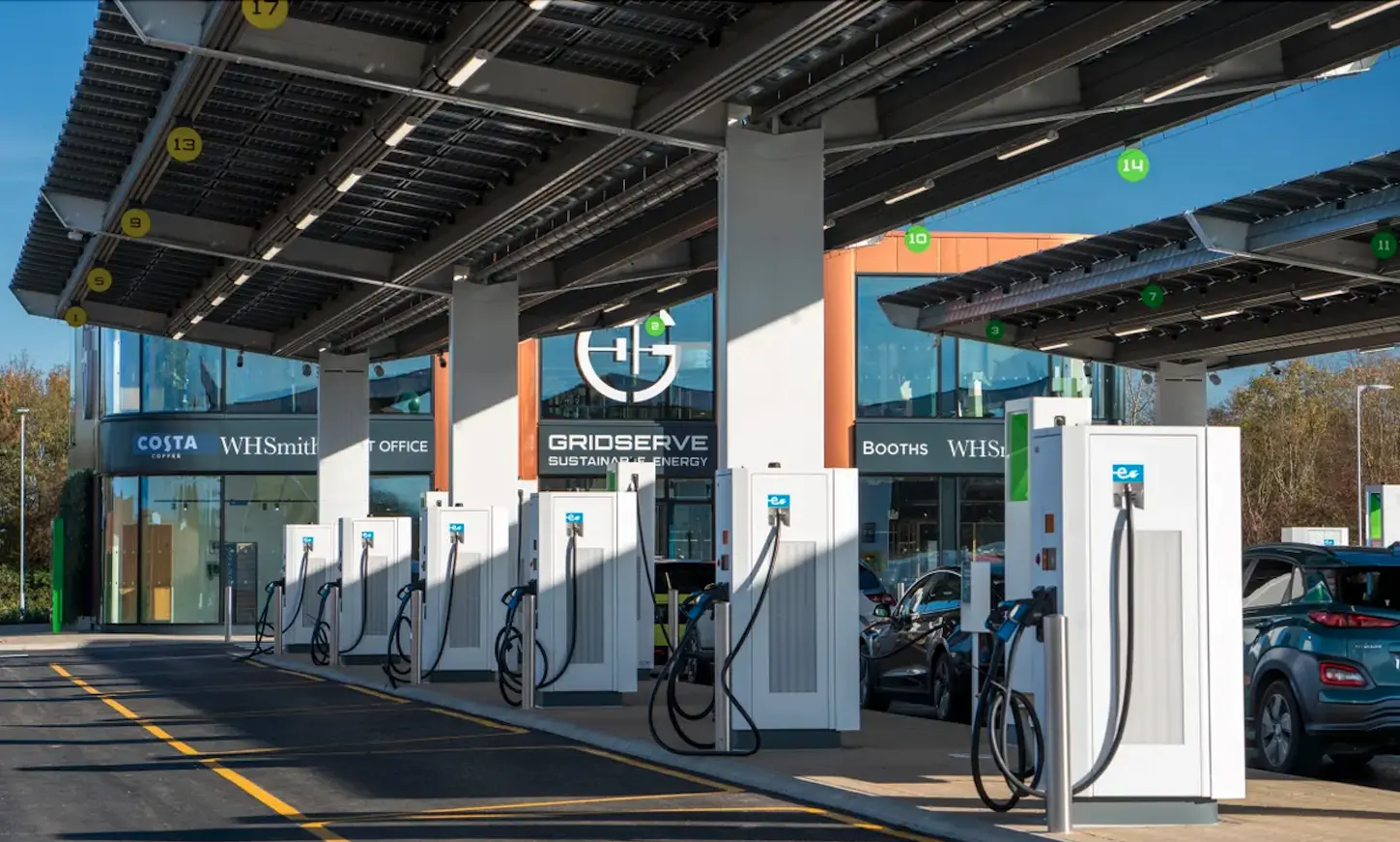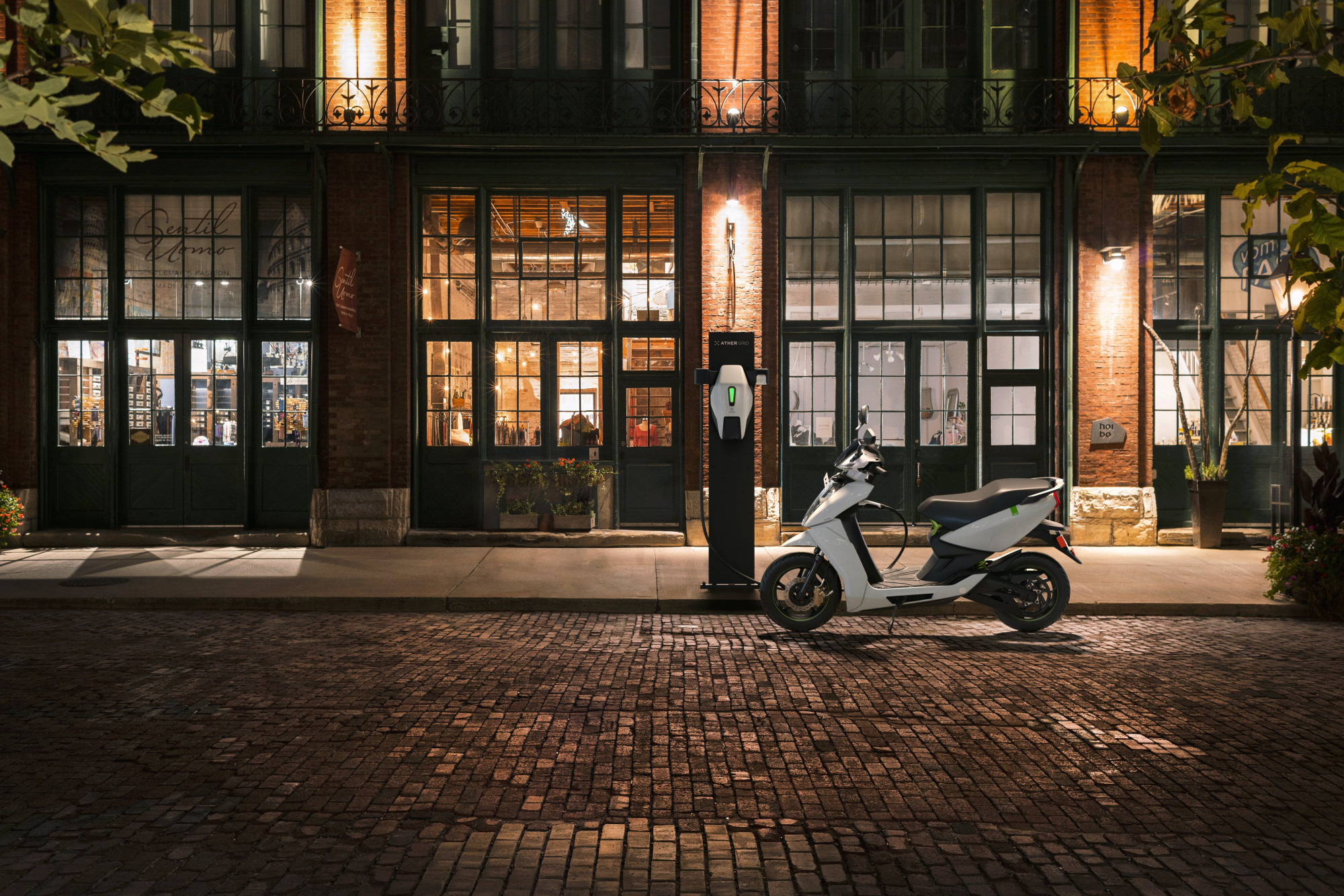EV Charging: it’s not about the Journey, it’s about the Destination
Since we last discussed Electric Vehicle (EV) charging last year, we’ve seen the pace of change accelerate as we near the 2030 deadline for banning the sale of new petrol and diesel cars. But is it about just setting up more charging points? We don’t think so…
According to new statistics from the Department of Transport, as of 1 July 2022 the number of public EV chargers in the UK has increased to 32,011. Since 1 July 2021, this represents a 31% increase in the number of public devices. Encouragingly, we’ve also seen growth not just on the road networks. Network Rail has installed 450 new EV charging points at several railway station car parks to encourage customers to use EVs for the first and last mile. In addition, Network Rail has pledged to install EV charging points across 10% of car parking spaces at car parks managed by them, by March 2024.
As the uptake of EVs and the installation of charging points in the UK continues to grow, it’s still clear though that the number of public chargepoints will need to dramatically increase across the country before 2030.
The players involved in the ramp up of the infrastructure are also increasing in number, while the role of government – at both a national and local level – is also inconsistent but slowly becoming clearer.
We believe local authorities will play an increasingly pivotal role in the EV charging rollout but as it stands they’re largely focused on on-street charging and ramping up infrastructure on their property with the likes of car parks and park and ride schemes. The fluctuations in organisational structure, prioritisation and resourcing mean that we’re also seeing different progress and approaches from one authority to the next. But funding is the critical factor and the sands have recently shifted with news that the government announced a £20m boost to a scheme aimed at supporting the switch to electric cars and cleaner travel by building a charge point infrastructure for EVs that will provide easier access for residents without private driveways. Over 1,000 new EV chargers will be installed across the country in a pilot backed by government and industry funding. The pilot, which will see charge points built in nine local authorities in England, is part of a wider £450m scheme, called the Local Electric Vehicle Infrastructure Fund or LEVI fund, a consortium of external partners selected by the The Office for Zero Emission Vehicles (OZEV).
But thinking about EV charging as just a numbers game and just at the governmental level, is to miss a huge opportunity.
There is an opportunity to rethink how customers use their time during charging and how business and other organisations can benefit from this. We believe more engaging and sustainable experiences can drive usage and spend.

That opportunity is called ‘Destination Charging.’
So, what is Destination Charging and why is it so important?
As a fairly nebulous term that’s been used to describe a whole host of things by different players in the industry, it’s important to define what we understand it to be, based on the conversations we’ve been having. We believe it hinges on creating a destination of different activities, interests and past-times, around the charging. It’s about doing more than just providing the opportunity for a cup of coffee or some food while you wait - we can be more creative and bring together a range of spaces, services and activities, driven by customer needs.
One of the other key determining factors is speed of charge. Whilst the likes of Tesla refer to destination charging as including overnight charging at the end of trip, we believe places where EVs are left to charge on slower chargers and therefore for longer periods, are not what we’d necessarily term destinations.
We believe the opportunity lies in rapid and ultra rapid charging, ie 50kw and above. However, rapid and ultra rapid charging points such as these come with a big pricetag, so they have a high energy need which impacts the affordability. The ripple effect though, is that partnerships will be vital; local authorities, operators, local businesses and landlords will need to work in harmony.
It’s those partnerships that have helped inspire our EggsOverEV events, designed to bring together a community of EV thinkers and people working in the electrification of our cities, from products to services, local authorities to charging operators, EV product owners, suppliers and technologists to investigate and understand Destination Charging.
What we’ve found so far in our conversations has uncovered crucial elements to the equation that need to be factored in now.
From the outset, we believe that electricity needs to be for everyone; accessibility and social and demographic inclusion needs to be at the beginning of the conversation. Without that, the build out of the infrastructure will be ill-equipped to serve society.

Having Destination Charging spaces that are accessible and inclusive is the bare minimum requirement and whilst there’s no doubt that commercial opportunities, owing to increased dwell time, are significant, we believe that for businesses to really draw EV owners in, they need to be thinking further than retail and creating the partnerships we mentioned. While vital for the overall infrastructure, we’re not just referring to chargers in car parks or adding a Starbucks outlet next to a charger. The key lies in creating meaningful experiences for consumers, which involves a more imaginative and varied thought process. It could be charging opportunities to create truly integrated multi-modal transport opportunities, or a car retailer who creates a new showroom experience around the chargers or wellbeing, entertainment, or fitness brands creating leisure opportunities that are timed to sync with a charge of your vehicle.
By building these interacting opportunities, these destinations can also create a useful and valued experience for the customer and become a key ingredient in their daily lives, as it becomes more about multi-tasking and using time well during charging.
What’s apparent is that all players in the EV ecosystem need to understand better what the user's intent is when using Destination Charging facilities. This research is vital and this will be crucial to determining the facilities needed. So far, little attention has been given to bringing this insight into the planning and design decisions.
These conversations are really only just starting to reveal themselves through our conversations with the whole EV ecosystem but it’s clear we’re at a hugely exciting tipping point in our thinking around Destination Charging.
Destination Charging is a huge opportunity to create a positive and meaningful impact on the world around us but without the right conversations happening right now, this opportunity threatens to pass the EV market by.
To find out more or be part of our EggsOverEV series or to find out more about Mima's approach to EV, please get in touch here
Written by:

David Watts
Managing Director
David is our Managing Director with over 20 years of practice as a Human Factors and design consultant. He has delivered projects across sectors including rail, O&G, airports, utilities and the emergency services. He has worked with clients such as Network Rail, Siemens, easyJet, WSP, National Express, TfL and HS2.